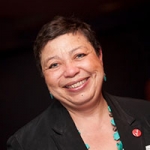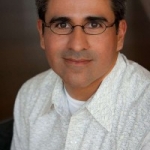
Felix Padron
Equity for Culture is a Moral Responsibility
Posted by May 23, 2016

Felix Padron
Americans for the Arts understands the value proposition of all Americans having access to the arts. After all, "to increase access to the arts for all Americans" is coded in its mission. Americans for the Arts also knows that our nation's arts and cultural sector nurtures the same purpose. The mission and vision statements that guide our field embrace this collective idea, which is also embedded through our policies and practices.
Mission statements are meant to inspire and frame the services that are provided by organizations. They also help to establish an outline for grant makers that can influence the decisions of their investment. In this context, we know that the research in our field has revealed that equitable access is not balanced and is affecting a great number of small to mid-size arts groups. America continues to be a place with mounting social and economic divide y con mucho political drama.
Read More





























